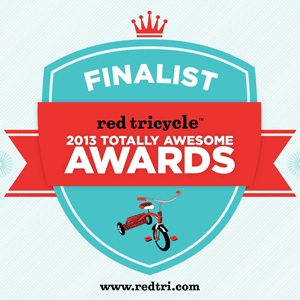 |
| Gingerbread |
"Boldog Karácsonyt!" (pronounced more or less like Bowl-dog Car-ah-chont) is "Merry Christmas" in Hungarian.
One of the things that makes our family's Christmases a little more interesting (and a lot more complicated!) is that we celebrate a mix of English and Hungarian Christmas traditions. Our children are half Hungarian and we live in Budapest, the capital city of Hungary. Hungary is located in central Europe, bordering Austria, Croatia, Romania, Slovakia, Serbia, Slovenia, and the Ukraine.
 |
| Walnut and Poppy Seed Beigli |
 |
| Száloncukor candies to hang on the tree |
 |
| Budapest Christmas Market |
 |
| Stuffed Cabbage |
 |
| Ummm....rooster testicles stew, anyone?? |
Some of the challenges for us celebrating a multicultural Christmas here include getting a Christmas tree earlier in the month (although they are becoming more popular and easier to find now), since most Hungarians don't put up their tree until Christmas Eve; and buying a whole turkey to roast for our Christmas dinner - we have to pre-order one specifically from a butcher as you can't buy them in supermarkets. And, of course, 'keeping the story straight' for all the various relatives from each culture can be very complicated and confusing!
Despite the challenges, celebrating a mix of cultural Christmas traditions makes our Christmas special, and reflects who we are as a family. We love that our children are growing up bilingually and biculturally!
If you want to get into the spirit of a Hungarian Christmas, why not try this beigli recipe, or have a go at making some of these lovely decorations made from dried fruits and spices? They smell divine! (Follow these instructions for drying oranges)
 |
| Hanging decorations made from dried oranges and limes, cinnamon sticks, and bay leaves |
How do you celebrate Christmas where you live?
This post is part of the Christmas Around the World series from Living Life Intentionally. Catch up on previous posts in the series to learn about how the holiday is celebrated in other countries! And be sure to get your free Christmas Around the World ebook to accompany the series.
Happy holidays to you, wherever and however you celebrate!

























